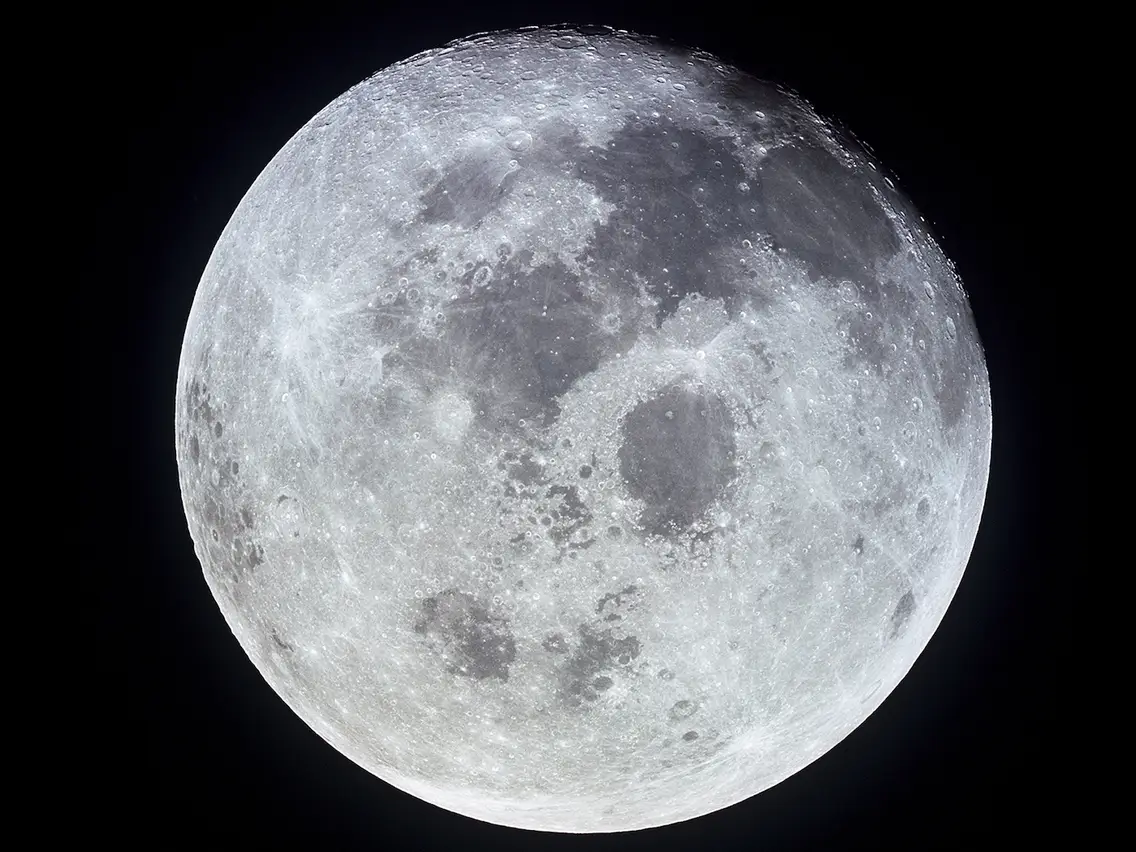As NASA prepares to launch a trip to Europa. A moon orbiting Jupiter is expected to have more water than Earth’s seas. A new study indicates that the ocean isn’t the only source of water in this lunar realm. NASA’s Galileo spacecraft observations indicate that salty liquid aquifers may exist within the moon’s frozen cover.
Some of this water is anticipated being just a few kilometers below the ice’s surface. The most recent discoveries were made a few days after the Juno spacecraft circled the moon. Hovering 400 kilometers above the surface and taking the best pictures yet of the Jovian moon.
A publication in the Planetary Science Journal claims that
The composition and behavior of Europa’s subterranean lakes are being studied by scientists. These reservoirs are under Europa’s ice shell. If they exist, maybe the most approachable liquid water sources in the outer solar system.
We showed that cryolava flows or plumes may indicate the presence of shallow liquid reservoirs below. Which the Europa Clipper would be able to see. Our findings shed fresh light on the potential depth of the water that is fueling surface activity, including plumes. Nevertheless, the water should be shallow enough for numerous Europa Clipper detectors to detect it.
According to Europa scientist Elodie Lesage.
The work backs up the long-held theory that water might erupt above Europa’s surface. As plumes of vapors or as cryovolcanic activity. Also, computer simulations show that if there are eruptions on Europa. They would most likely arise from shallow, broad lakes embedded in the ice.
If scientists were to detect eruptions at the surface, the most recent computer model would serve. As the first template for what they might discover inside the ice. The lakes could be lurking 4 to 8 kilometers below the surface. Where the ice is most likely to be fragile and frigid.


